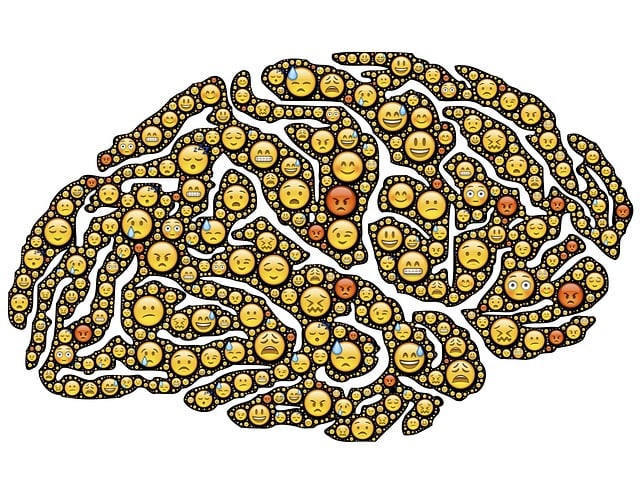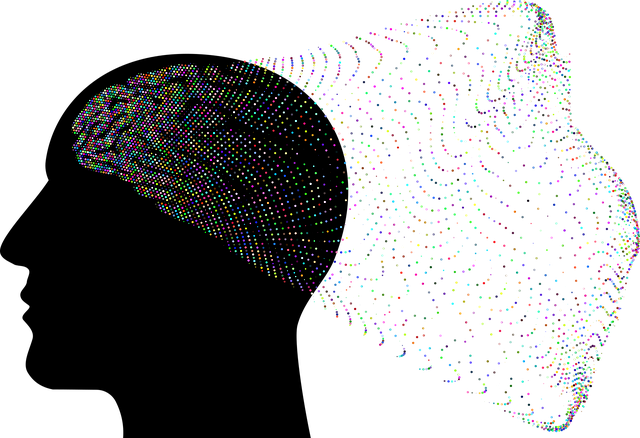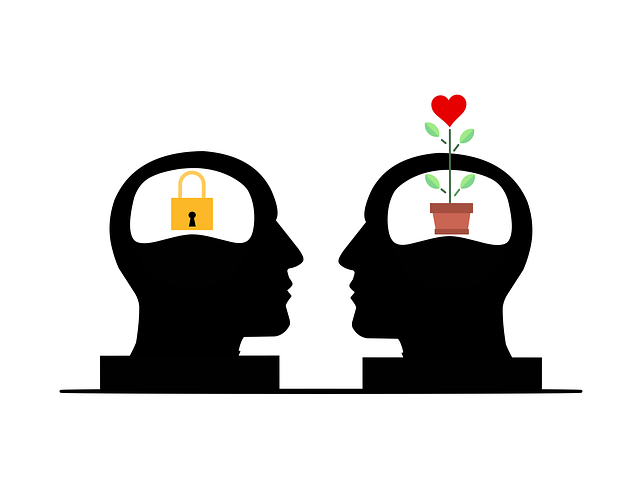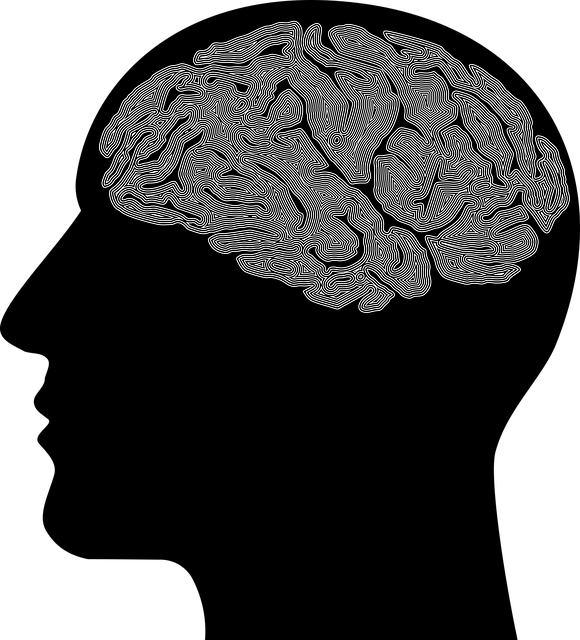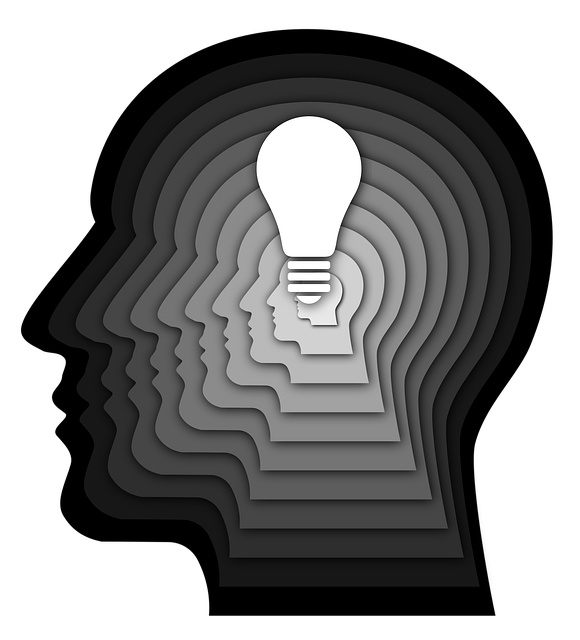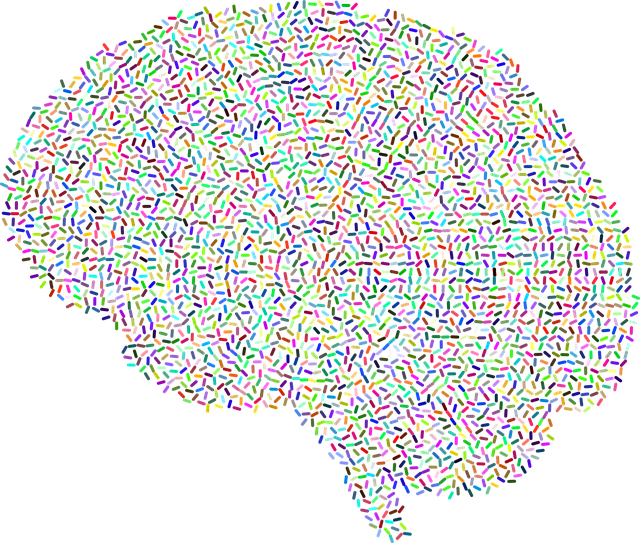Mental wellness apps targeting specific demographics like blended families and elders must offer tailored support. For blended families, focus on intergenerational communication therapy and individual member care. For elders, incorporate EQ assessments, journaling exercises, and coping mechanism guidance. A multi-channel marketing strategy leveraging social media groups, senior centers, and cultural sensitivity is key for reaching this audience. Apps should provide practical advice and Mind Over Matter principles to address unique mental health challenges among elders and blended family members.
In today’s fast-paced world, mental wellness apps offer a vital resource for blended families and elders seeking therapy. This article explores an effective marketing strategy for reaching and engaging this unique demographic. By understanding their specific needs and challenges, app developers can craft a compelling value proposition. We’ll delve into targeted multi-channel marketing techniques, leveraging digital platforms to connect with elderly users in blended families who may benefit from accessible mental health support. Discover how to navigate this landscape and make a positive impact on well-being.
- Understanding Target Audience: Blended Families and Elders
- Crafting a Unique Value Proposition for Mental Wellness Apps
- Multi-Channel Marketing Strategy to Reach and Engage Elderly Users in Blended Families
Understanding Target Audience: Blended Families and Elders

Understanding your target audience is a cornerstone when developing any marketing strategy, especially for mental wellness apps tailored to niche demographics like blended families and elders. These groups often face unique challenges that require specific support. For instance, blended families may struggle with communication and adjustment issues stemming from step-parents and children from previous marriages integrating into one household. A well-crafted app should offer resources addressing these concerns, such as family therapy sessions or workshops on improving co-parenting skills.
When focusing on elders, the marketing approach must acknowledge their distinct needs. Many older adults battle loneliness, isolation, and cognitive decline. Promoting your app’s features like virtual social groups or memory-boosting games can appeal to this demographic. Additionally, considering burnout prevention strategies for healthcare providers who often support elderly patients is beneficial. By incorporating these insights, your mental wellness app can effectively cater to the specific mental health requirements of both blended families and elders, ensuring its relevance and value in addressing their unique challenges.
Crafting a Unique Value Proposition for Mental Wellness Apps

In today’s digital era, mental wellness apps are gaining traction as effective tools for promoting emotional well-being. To stand out in a competitive market, especially when targeting specific demographics like blended families or elders, app developers must craft a unique value proposition. This involves highlighting features that cater to the unique needs of these groups. For example, an app designed for blended families could offer tailored therapy sessions addressing intergenerational communication and relationship building, while also providing individual support for each family member’s mental wellness journey. By focusing on these specific aspects, the app differentiates itself from broader mental health applications.
Emotional Intelligence (EQ) is another key aspect that can be leveraged in marketing strategies. Apps with built-in EQ assessments and exercises aimed at depression prevention can appeal to users seeking personalized guidance. Incorporating features like Mental Wellness Journaling Exercises and guidance on coping mechanisms not only supports users’ emotional intelligence but also encourages consistent engagement with the app. This holistic approach to mental wellness ensures that apps cater to diverse needs, making them valuable resources for maintaining mental health in both blended families and elderly populations.
Multi-Channel Marketing Strategy to Reach and Engage Elderly Users in Blended Families

Reaching and engaging elderly users in blended families presents a unique opportunity for mental wellness app marketing. A multi-channel strategy is essential to connect with this demographic effectively, as many elders may prefer or require alternative communication methods. This approach involves leveraging various platforms tailored to their needs and preferences. For instance, social media groups focused on aging well or family-oriented communities can serve as excellent channels to build trust and share relevant content. Additionally, partnering with senior centers or local community organizations that cater to blended families allows for direct engagement and the opportunity to demonstrate app benefits through testimonials and workshops.
Integrating cultural sensitivity in mental healthcare practice is vital when marketing to this audience. Understanding the diverse backgrounds of elderly users in blended families ensures tailored messaging. Crisis intervention guidance can be a powerful tool, with content formatted as easy-to-digest tips or checklists easily accessible via the app. By combining practical advice and Mind Over Matter principles, the app can offer a holistic approach to mental wellness that resonates with elders, fostering open dialogue about their unique challenges.
In developing a marketing strategy for mental wellness apps tailored to blended families and elders, understanding the unique needs of these audiences is key. By crafting a compelling unique value proposition that emphasizes personalized support and accessible therapy for elderly users within blended family structures, we can effectively reach and engage this demographic through multi-channel efforts. Leveraging digital platforms alongside community-based initiatives ensures visibility and accessibility, ultimately promoting mental wellness among elders in blended families.

